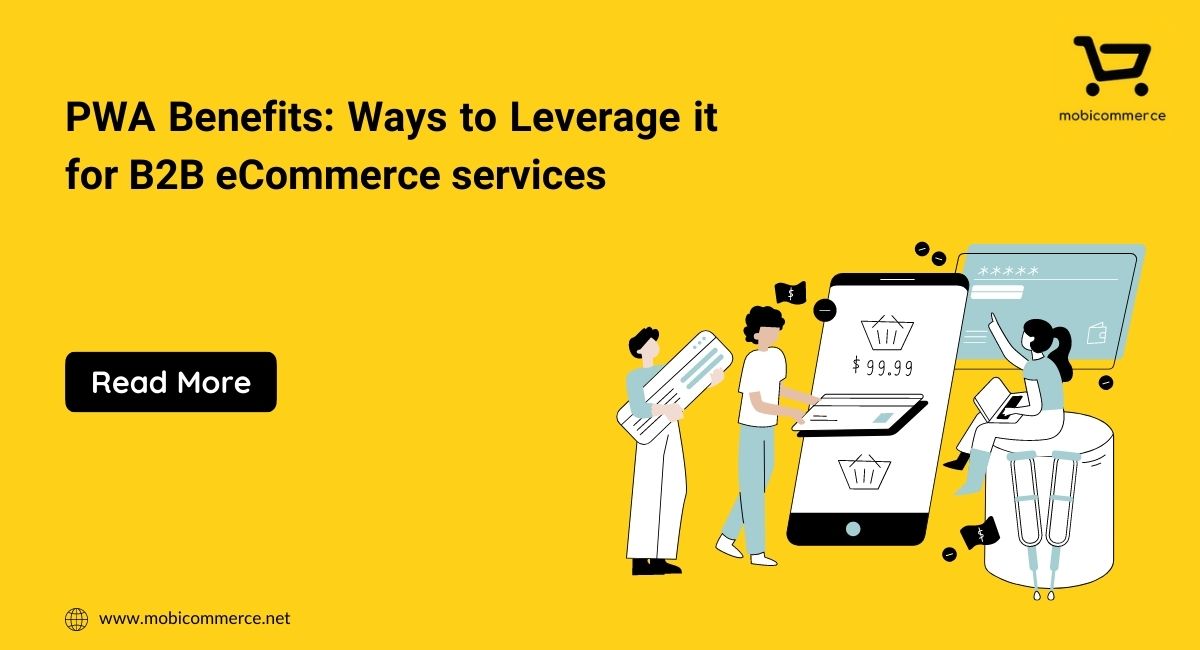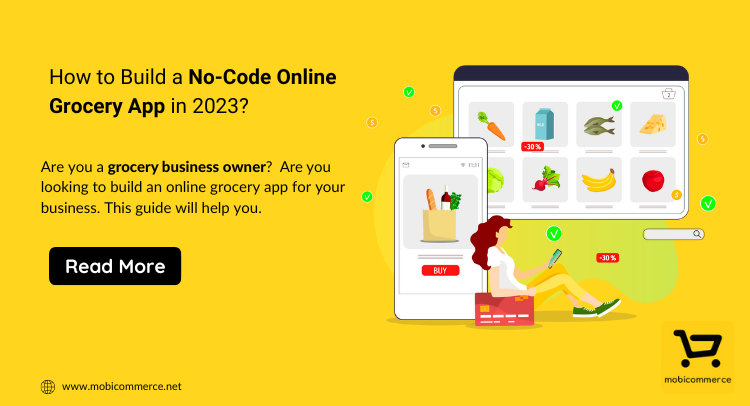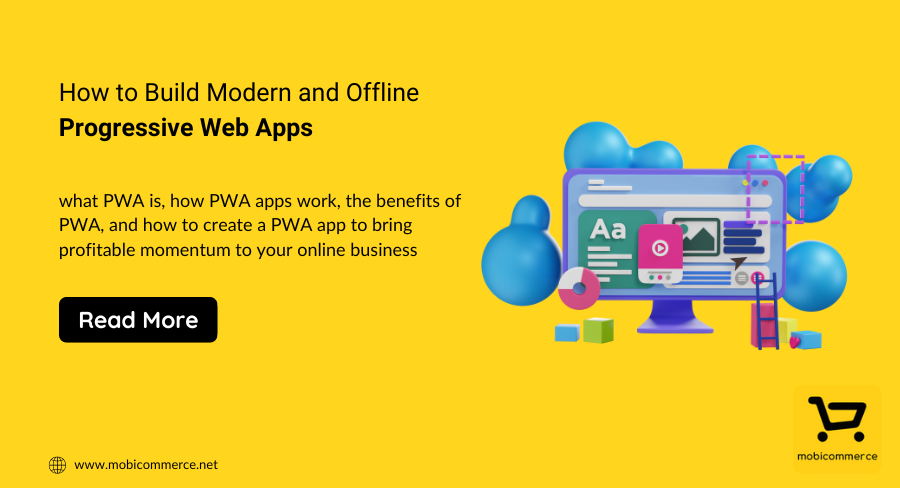
Coronavirus, the name we have been hearing since the start of the year 2020 till today has turned our lives upside down bringing downfall in every manner be it the health, social life, economy, or livelihood of all. But, amidst the lockdown and restrictions, one thing that outshined and turned into a rescuer was the eCommerce business. Unfortunately, the impact of Coronavirus was so strong that even eCommerce underwent some disruptions which we are going to discuss today.
E-commerce has been seeing new entrants, constant growth since the start and has amounted to worldwide sales over 3.50 trillion US dollars alone in 2019. But, with the emergence of Novel Coronavirus in 2020, the booming e-Commerce industry was put to test with disruptions in the supply chain and changing consumer behaviour. However, despite all these challenges, e-commerce sales are rising but with a twist. Only a specific section of the e-Commerce market is in demand whereas others are seeing the downhill. Why so? Let’s peek into the details.
The year 2020 has been great for industries like pharma and eCommerce but it has been challenging for other industries like fashion, tourism, automobile, electronics, etc. which have seen layoffs, pay cuts and even closures of their retail stores. The account of the sales percentage of the pharma industry is more than the combined sales of all other industries put together.
Sales figures of E-Commerce giant Amazon which delivers A to Z products to the customers’ doorstep is expected to reach $416.48 billion which is about $12 billion more than the pre-COVID estimates. At the same time, the travel industry saw a whopping 35 percent crash in the estimated sales of 2020.
So, what does e-Commerce have in store for the future? We have tried to map the impact of the COVID-19 pandemic on e-commerce from all angles in this article for your understanding.
Sale of hygiene products spiced up
The sale of hygiene products like masks, sanitizers, gloves, etc. have never seen a demand before like now which almost every eCommerce businesses have started selling them in their store. The COVID-19 scare has got people so much that people are looking for hygiene products more than anything else, in fact, some are even bulk buying them for the future.
Sudden surge for daily essentials and medicines
The need to avoid crowded stores has made people turn to online shopping for their daily essentials. Due to the fear of lockdown, panic-buying, and other restrictions, groceries are being highly stocked up fearing scarcity while medicines are being ordered in bulk amounts. Shoppers are spending more than usual on these items as they don’t want to run short of any supplies if at all lockdowns in their cities get extended. Other than groceries and medicines, household disinfectant products, perishable food items and home entertainment products like books, videos and board games also witnessed a huge demand.
Walmart is going to introduce Walmart+ as a competition to Amazon prime with yearly subscription plans that will give members great discounts, free deliveries and early access to promotional deals.
Recommended Blog: COVID-19 Effects: Time to Switch to Grocery eCommerce from Offline Grocery Business?
Fitness freaks go shopping spree
Gyms, swimming pools and other fitness centres are still shut in most of the countries as the possible scare of coronavirus widespread is keeping fitness conscious people at home but it is not stopping them from working out at home. The online sale of fitness equipment has shot up during the lockdown periods.
French sporting goods retailer Decathlon has seen a 220% growth on cycles, yoga mats, dumbbell kits and push-up bars. Nike saw an abrupt demand for its sneakers and other fitness accessories on its digital platform in the first and second quarter of 2020. Although they have laid off many employees and shut many stores across the world due to government restrictions, they are now planning to invest in technology to better understand and target customers online and improve the online user experiences on their website.
Disruptions in supply chain and covering up losses
A lot of dependency for global trade was built on China over the years for being the primary producer of the supply chain for various industries. Small components of electronic items like mobile phones, TV, refrigerators and many other products were vastly imported from China and then assembled in the home country. With the operations of the manufacturing units in Wuhan coming to halt for nearly 2 quarters and China’s increasing political tensions with other countries, the world is facing a major scarcity in the supply chain.
Initially, brands gave huge discounts to continue customer traffic to their website but situations now have changed. In order to cover up the losses made during the first quarter; brands are increasing the prices of products to unreasonably high levels. These factors are leading to less demand for non-essential items in the market.
Unpredictable consumer behaviour
COVID-19 pandemic has made consumers cautious. With the future being so foggy and the hope for a vaccine being uncertain, consumers are hesitant to spend anything more than essentials. Surprisingly, the definition of essentials has changed overnight with the onset of COVID-19 virus. According to a UK based market research firm, Kantar, sales of hand sanitisers saw an increase of more than 250 percent as compared to last year. Who would have thought that a product like a hand sanitiser would be the biggest selling item online?
McKinsey & Company have reported that due to falling in incomes, consumers are sticking to only essentials while the sale of fashion and apparels which was on the top game till last year has taken a backseat on consumer’s shopping list. This is because consumers aren’t very optimistic about their country’s dripping economy and its recovery. There has been a shift from extravagant shopping to mindful shopping in consumers.
Product Safety concerns, deceptive practices, and cybersecurity concerns.
Most people are preferring shopping online as compared to visiting retail stores during the pandemic. However, safety protocols while delivering the product still is a major concern for many cautious consumers. People fear that the virus can enter their house through parcels as it has been exchanged by many hands before it reaches their doorstep and the delivery person has also visited many houses before he comes to theirs.
Cybercrimes have increased with scammers feasting on people’s vulnerability through fake emails and apps which gives them full access to the phone’s camera, location and photos. Such deceptive malpractices refrain people from using online payment portals as they don’t want to lose their hard-earned money during such uncertain times.
Promising Days Ahead for E-Commerce
eCommerce sure was a knight in the shining armour during the pandemic and hence, the popularity of eCommerce is only going to increase further in the coming days. Since it will take much longer for people to switch back to offline shopping, there are some moves eCommerce business owners can apply to keep going now and in the future ahead without any drop in sales, like remaining in constant touch with your customers by sending them Push Notifications, SMS, and emails reminding them how much you care for them, getting regular updates from your suppliers, getting a mobile commerce app solution developed to reach out to a wide number of customers, implementing contactless delivery, etc.
Final Thoughts
Companies that display resilience during testing times are the ones which survive. The threat is for those brands who don’t adapt quickly. Darwin’s theory of adaptation has always proven itself to be true when humankind is faced by unprecedented scenarios, where responding to change is the only option to survive.
Companies are closing their stores and investing money on mobile commerce app solutions to make shopping a delightful adventure for the customers which so far was just a basic app without a WOW experience.
So, if you are ready to give your retail store the much-required shift to go online and don’t want to be out of the race or are looking for a makeover of your age-old app then seek none but the best mcommerce app builder in town – MobiCommerce.

In order to improve user experience, businesses are increasingly turning to progressive web apps, which combine the best features of regular apps and websites. Ecommerce businesses which have created mobile-first PWAs have seen significantly faster page loading times, better conversion rates and improved engagement. On average, a website using PWA can increase speed performance by… Continue reading PWA benefits: Ways to Leverage it for B2B eCommerce services

If you have a grocery store and you are looking to take your business to the next level, then this is the right time to invest in grocery mobile apps. A report by Oberlo suggests that online grocery sales in the US are expected to reach $160.91 by 2023. Not only this, the revenue continues… Continue reading How to Build a No-Code Online Grocery App in 2023?

Most businesses create an app to establish their business in the digital world. But after some time, these businesses end up investing much more money by creating different versions and similar apps for different operating systems to stay relevant in the market. Later on, this choice of businesses becomes painful as they spend more money… Continue reading How to Build Modern and Offline Progressive Web Apps
Sign up for our newsletter and be the first to receive all the latest updates.
Request a callback from us by filling the form below.

Get your project estimate. Brainstorm business ideas. Book a demo. Get complete support and so much more!